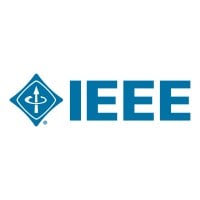
CASA DE LA FAMILIA
Casa de la Familia (CDLF) is a 501(c)(3) non-profit organization founded in 1996 by Clinical Psychologist Dr. Ana Nogales whose vision was to create an organization dedicated to ensuring long-lasting mental health success of children, youth, and families in response to psychological trauma. We provide our services at little to no cost to make mental health care more accessible. Our services include individual counseling, family counseling, group counseling, support groups, advocacy, crisis intervention, and outreach to Los Angeles, Riverside, San Bernardino, and Orange Counties. Our mission is to provide mental health services to children, adolescents, and adults in communities de-prioritized by the traditional mental health system, particularly those with a history of trauma. Our non-governmental organization offers therapy, support, and resources to those who need it most.






